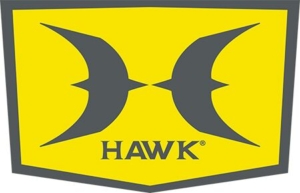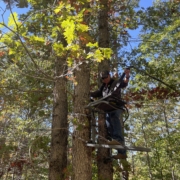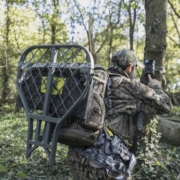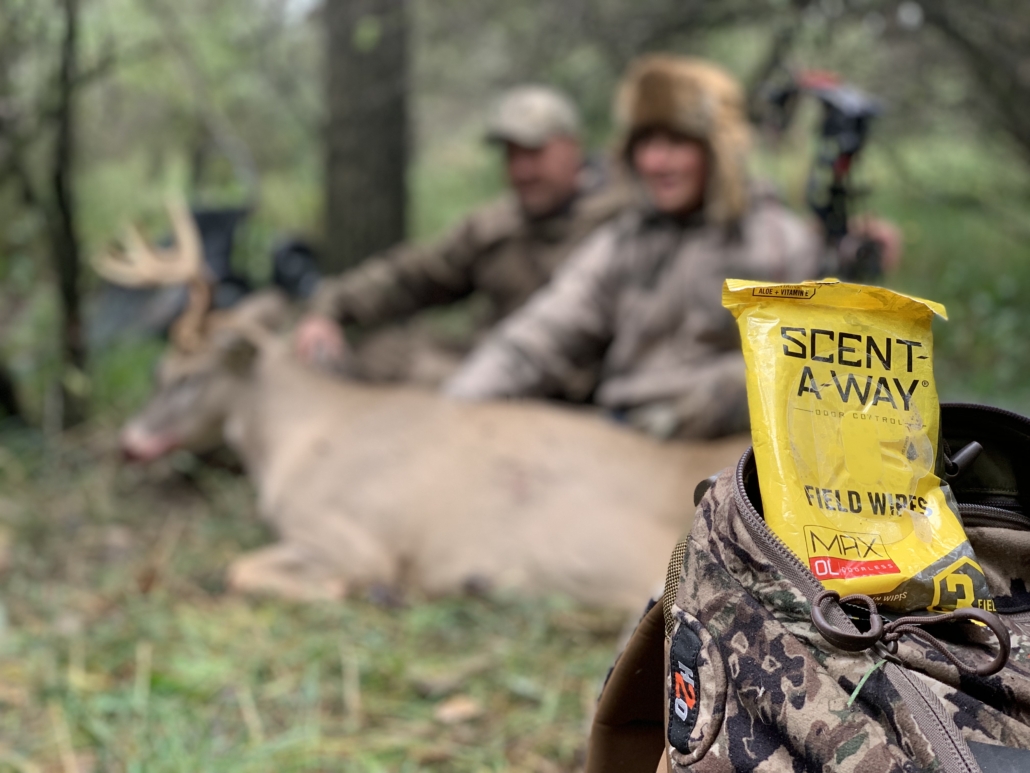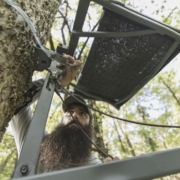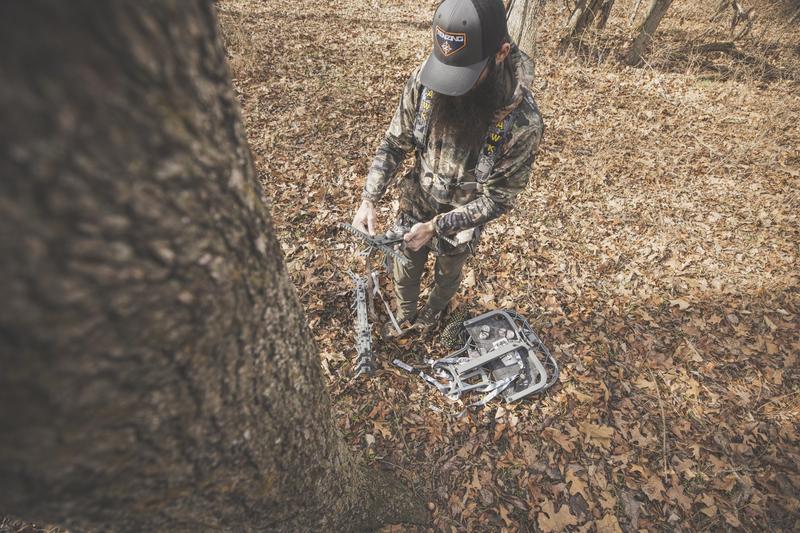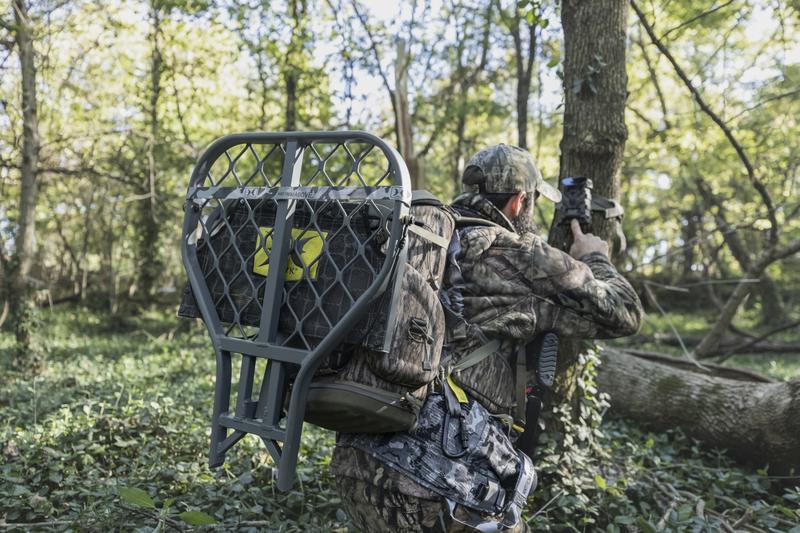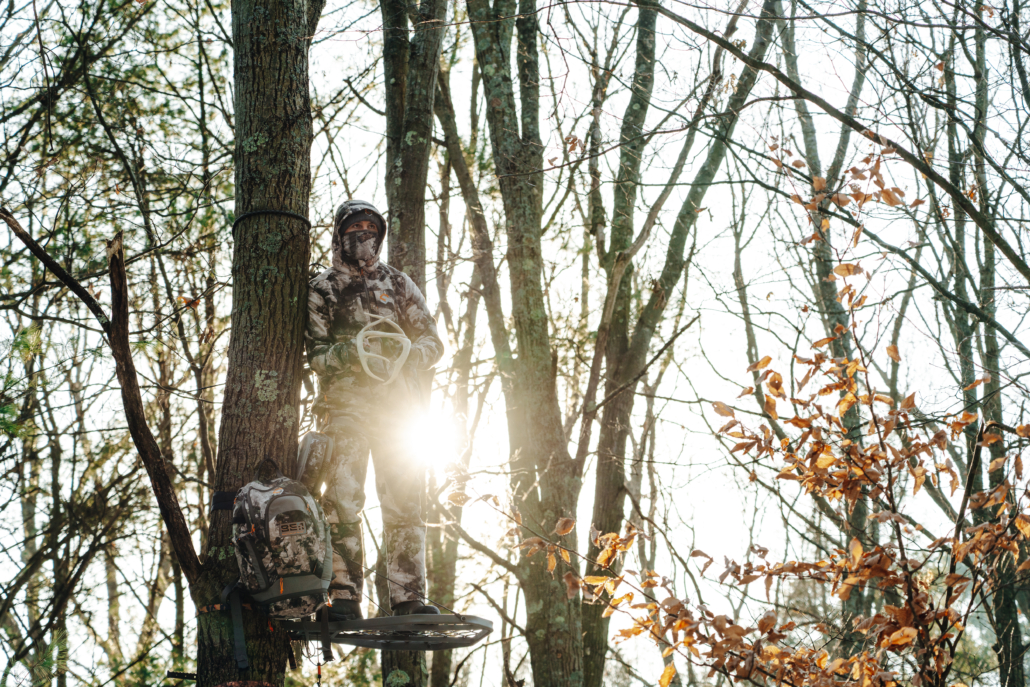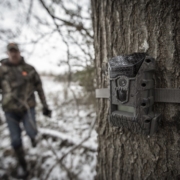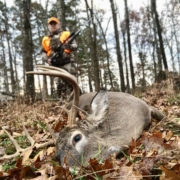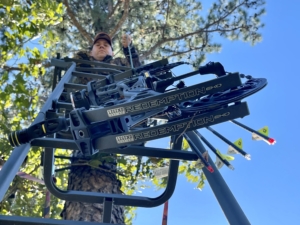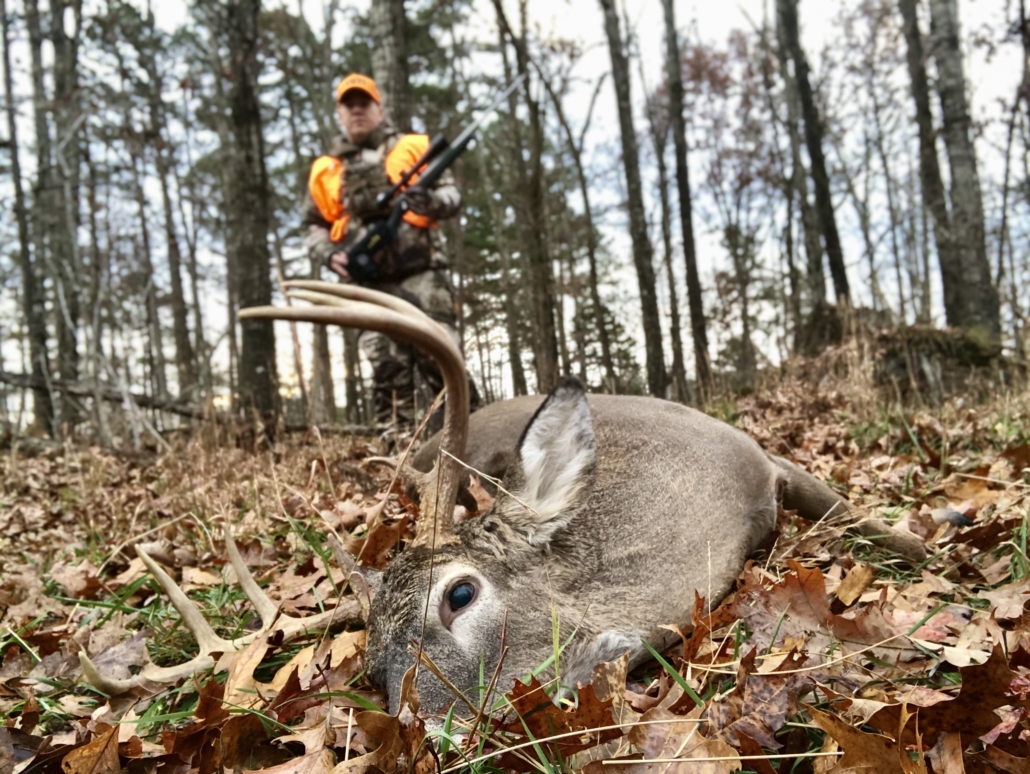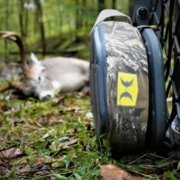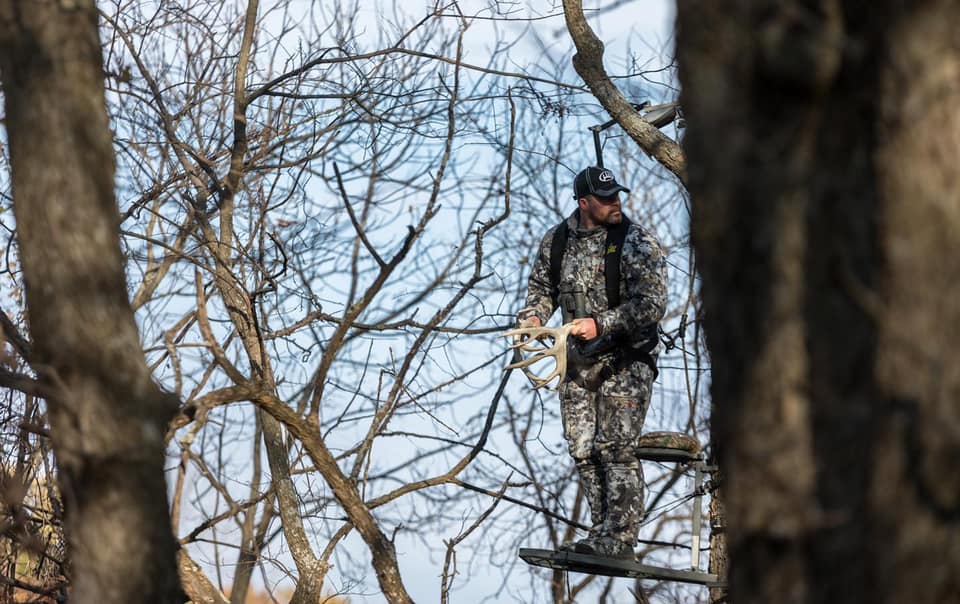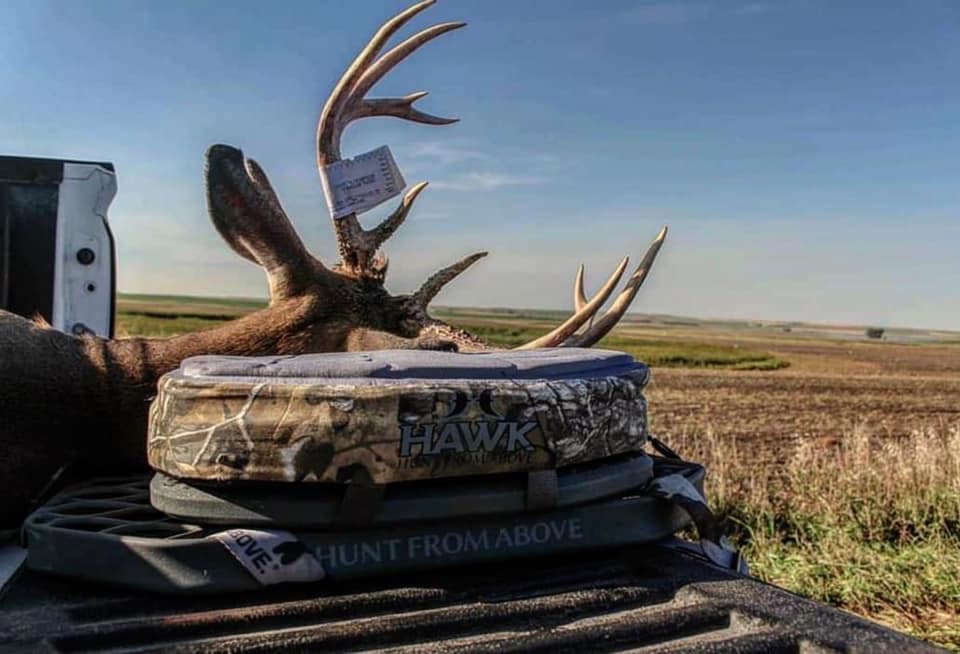Should You Move Your Treestand During The Rut
/0 Comments/in News, Uncategorized /by Heath WoodThe whitetail rut is a magical time for deer hunters. As the woods echo with the primal calls of rutting bucks and the scent of deer pheromones fills the air, it’s hard not to feel the rush of excitement. However, this period presents unique challenges for hunters, and one of the most debated questions is whether you should move your treestand during the rut.
In the modern era of cellular game cameras, it is more common than ever before for a hunter to receive information that a target-specific buck, or buck movement in general, is prominent in another area than where they are hunting. This data often leads to the hunter wanting to pack up their gear and make a move.
Does it spook deer to move a Treestand during the rut?
Moving your treestand during the rut can indeed create disruptions that may spook deer. The heightened awareness and sensitivity of bucks during this period mean that any disturbances are more likely to send them fleeing. However, there are ways to mitigate these risks.
Plan Ahead: If things don’t go as planned and you anticipate moving your stand, scout and prepare well in advance. Know what your hunting area looks like and where other stand areas could always be. When you have decided that making a move will increase your chances of getting within shooting range of a mature buck, not having to search the area can minimize the amount of noise and scent associated with the move.
Use Proper Stands and Equipment: Use equipment designed to get into position easily and quickly. A stand setup such as the Hawk Helium Pro Hang On with the Helium 20” Sticks can be ready and in place quickly, minimizing your time and presence when setting up or relocating your stand.
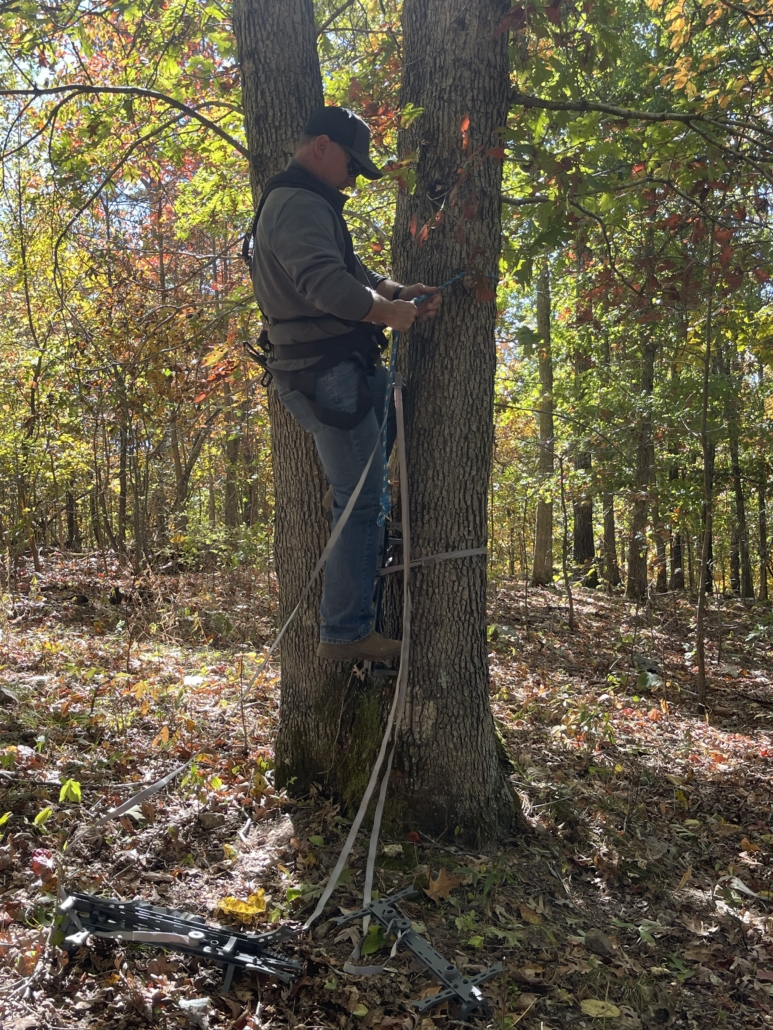
Time it Right: Choose the moments when deer activity is lower, such as midday or during lulls in the rutting action, to make your move. Another great time to move a treestand is during a rainstorm or when the weather has minimized deer movement. The rain also helps wash away any human scent before returning to the area to hunt.
When should you make a move on deer during the rut?
Understanding the different stages of the rut is crucial for deciding when to make your move. The rut can be broken down into three main phases: When to make a move can be determined in the same manner that one would decide hunting times.
Pre-Rut: Bucks are becoming more active and establishing their territories. This phase is an excellent time for treestand adjustments due to bucks making rubs and scrapes, which give hunters a visual of where their stand locations should be to get a buck into close range.
Peak Rut: During the height of the rut, bucks are most distracted and often less cautious. This is when you might consider staying put in your existing treestand location. Because bucks are pursuing does, they will likely be on their feet throughout the day. There is almost enough risk during this time of the rut to say, don’t move your treestand at all.
Post-Rut: As the rut wanes, deer behavior becomes more predictable. This is another good time to relocate your treestand. There is not as much as a free-for-all of bucks running around like they have no clue that you or any other danger is near. Moving your stand near a food source during the post-rut is a good idea because bucks want to re-stock food and energy after losing so much during the rut.
Best Equipment To Use When Wanting To Be More Versatile
Portable treestands are a game-changer for hunters looking to make swift treestand adjustments. Options like hang-on stands and ladder stands offer mobility and flexibility.
Hang-on stands are lightweight and easy to move, but you’ll need a compatible climbing method like sticks or steps. As mentioned earlier, The Hawk Helium is a great lightweight option for hunters who prefer playing a chess-like game of making moves until they are in the proper position to get within close range.
Ladder stands, though not as portable as the others, are sturdy and provide comfort, making them a good option for longer sits during the rut. A ladder stand such as the Hawk 20’ Big Denali 1.5 Man SLS Ladderstand is lightweight and easy to get into position, often by one or two hunters. The larger seat area of the Big Denali makes sitting all day during the rut more comfortable, which keeps the hunter focused and ready for action longer.
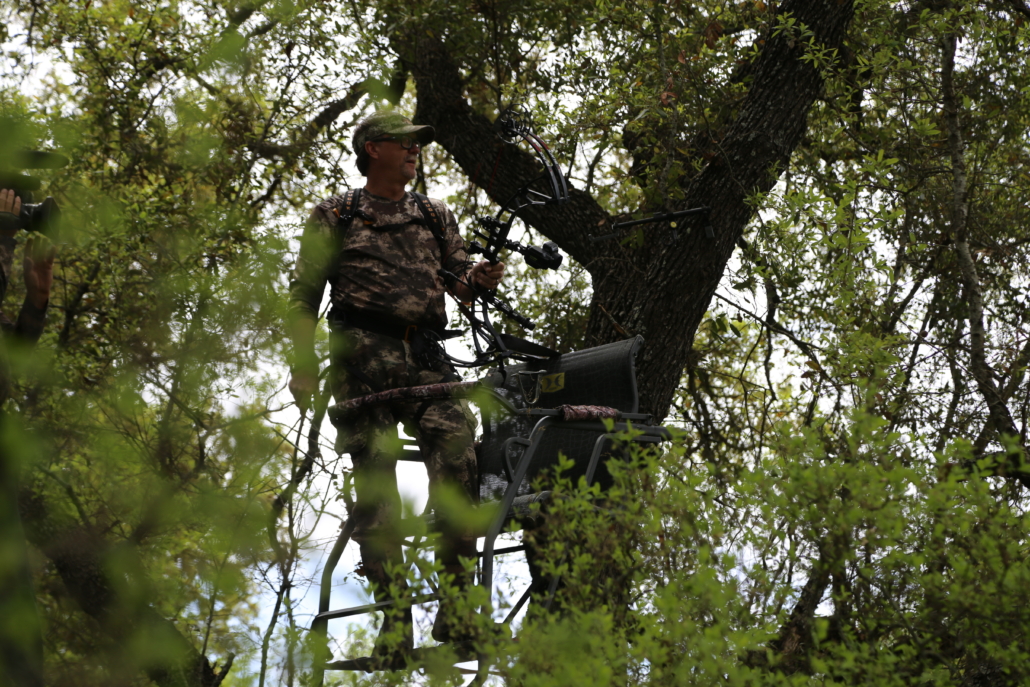
The decision to move your treestand during the rut is complex and is often considered risky by hunters who want to harvest a mature buck. Still, with careful planning and execution, it can be a game-changing strategy. Whether you choose to relocate or remain in your current position, understanding deer behavior during the rut and the best time for adjustments is crucial. Embrace the challenge and adapt your tactics to maximize your hunting experience during this exhilarating time of year.
